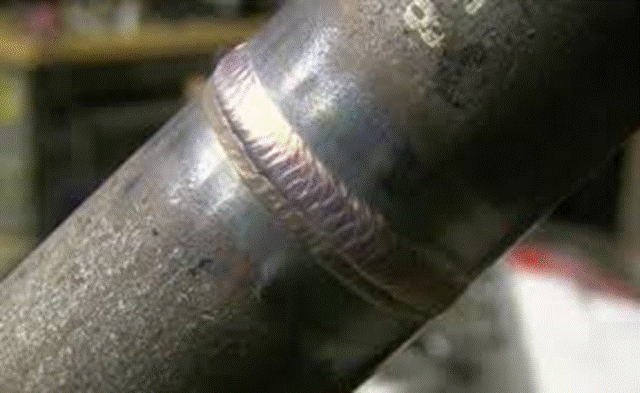What is Welding Procedure Qualification Record (PQR)?
This article talks about procedure qualification record (PQR) based on requirements of ASME Code Section IX. The purpose of qualifying a WPS is that to indicate joining process proposed for production welding has required mechanical property.
The WPS is written by knowledgeable person but needs to be tested to ensure the produced weld based on WPS has required mechanical property. When the WPS provided, then a test sample must be prepared and welded. All welding variable must be recorded during the welding. Please note in WPS you have the range but you will not have a range in the PQR, and you need to record a single value for each specified variable.
The ASME Section IX Training Course is 2 days video training course and available online and the student that successfully pass the exam, receive I4I academy certificate with 16 hours training credit. The API 510, API 570 and API 653 training courses also cover procedure qualification records.

For example, your WPS indicates preheat temperature as 100 to 160 degree Fahrenheit. You are starting the preheat process on your test specimen and measuring base metal temperature with a pyrometer and after few minutes you record the joint temperature as 140 degree Fahrenheit, and then you stop preheating and asking your welder to start welding. Your preheat temperature in the PQR form will be 140 degree Fahrenheit.
This applies to all other variables such as joint design, filler wire diameter, PWHT condition, material thickness, material grade and type, voltage, amperage, inert gas flow rate and type, etc. You should indicate a single value for each field, and the range will not be acceptable.
Welding Procedure Qualification Records in ASME Code Section IX
The test specimen size and dimension must be based on identified values in ASME Code Section IX. After completion of welding and heat treatment (if needed), you need to send the test specimen to the metallurgical lab for mechanical testing. For any PQR, normally two tension tests, two root face bend test and two face bend test is required.
The acceptance criteria have been provided in the ASME Code Section IX. The QW-451 table provides you the information about number and type of tests. For example, if your test specimen is greater than the ¾ inch you cannot perform root and face bend test and instead you need to run 4 side bend tests.
The acceptance criteria for tension test have been provided in QW-153.1. The test specimen should not be broken below the minimum specified tensile strength of base metal, but if it breaks in out of weld area or out of weld interface then would be acceptable if it is not more than 5% below the minimum specified tensile strength. For instance, if you material is SA 516 Gr 70, and it breaks out of weld area on 67 ksi then the test would be acceptable.
The acceptance criteria for bend test have been provided in QW- 163. Normally after bend test there should be any crack more than 1/8 inch on the side that was placed on the stress.
The PQR documents what occurred during welding of the test coupon and the result of the test coupon. The PQR gives suitability of weld for required mechanical properties e.g. strength and ductility. The tension test indicates the strength and the bend tests indicate ductility.
Please note the procedure qualification record cannot be revised otherwise the case for revising being typing error or misspelling. The PQR must include all essential variable (such as P number, F number, A number, PWHT) and supplementary essential variables (such as Group Number). The nonessential variables are not code requirements for PQR.
When construction code like ASME Code Section VIII Div I requires impact testing, the impact testing must be included in Welding Procedure Qualification Record technical testing. Normally you need to conduct two set of impact testing, one set in weld metal and one set in heat affected zone.
Free newsletter!
Sign up to receive my monthly newsletter covering all the latest courses and updates.




New! Comments
Have your say about what you just read! Leave me a comment in the box below.